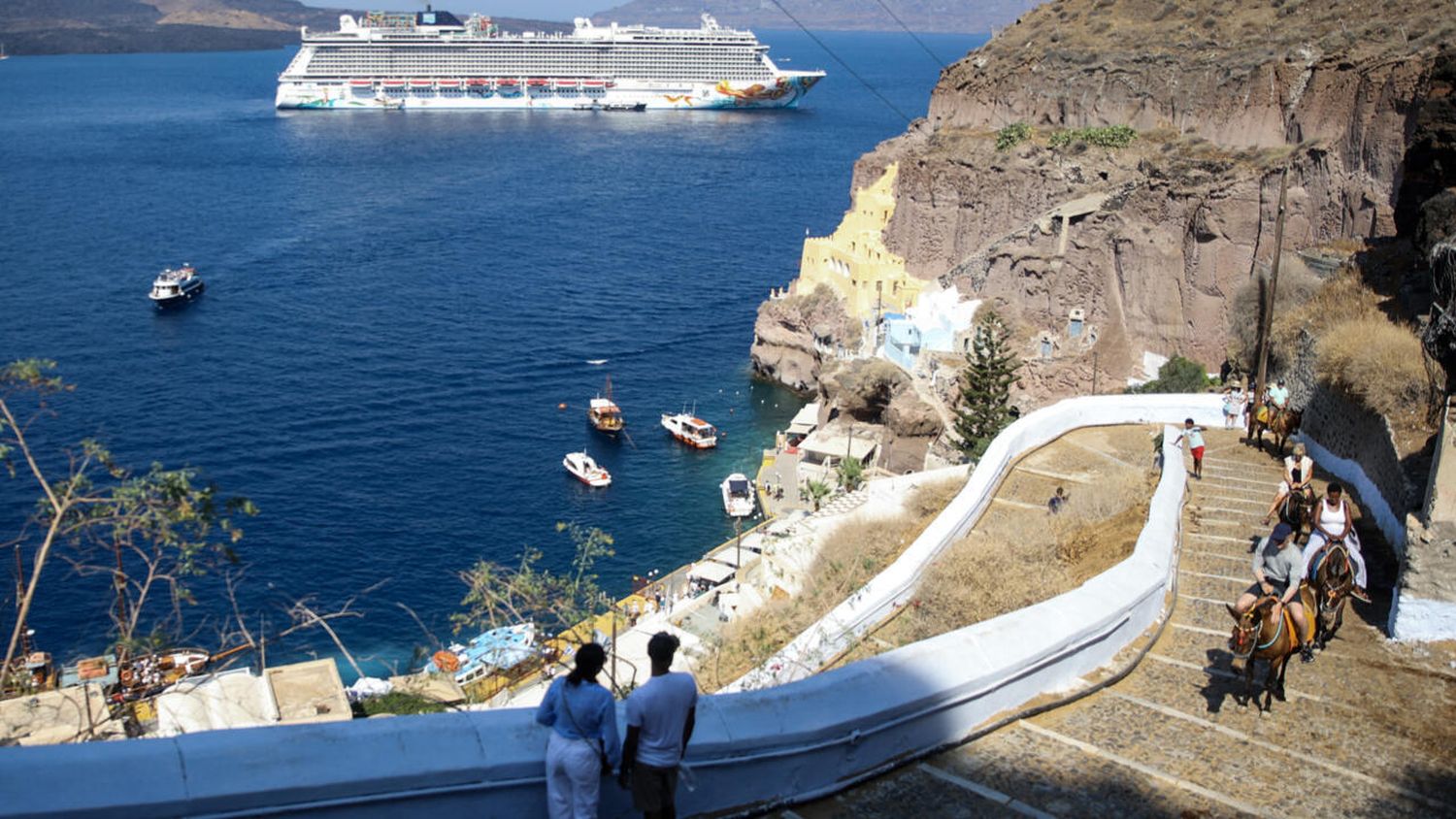Depending on the season and port, passengers will pay different disembarkation fees on the Greek islands. According to a government decision that came into force on July 21, cruise ship passengers disembarking on the Greek islands will pay an additional fee.
The so-called cruise tax has been officially referred to as a “sustainable tourism tax” by the Greek government. The tax is higher for the popular islands of Mykonos and Santorini, where it aims to limit excessive tourism and help the struggling infrastructure of these attractions cope with the growing number of tourists. A total of 768 cruise ships and about 1.29 million tourists visited Mykonos last year, according to the Hellenic Ports Association.
Retail de lux la bord: Starboard redefinește shoppingul pe vasele de croazieră
How much does it cost to disembark on the Greek islands?
According to official information from the Greek government, there are several different billing periods for the cruise tax and a different fee depending on the disembarkation island. For the period 1 June to 30 September, the fee will be €20 for disembarkation at ports on the islands of Mykonos and Santorini. For other ports, it will be €5.
During the middle season, in October and between April 1 and May 31, the fee for Mykonos and Santorini drops to €12 for Mykonos and Santorini and €3 for all other ports. And, in the winter months, between November 1 and March 31, the fee is only 4 euros for Mykonos and Santorini and 1 euro for other ports. The fee will apply per passenger and per port where they disembark.
What happens if the cruise tax is not paid
Cruise companies or agencies are responsible for paying the tax, which will be declared through a dedicated digital platform. Then, they will pay quarterly the fees accumulated from passenger disembarkation. If the cruise company does not pay the money, the port authorities can prohibit the cruise ship’s further stopovers in the Greek islands and the disembarkation of tourists.















Comentați?